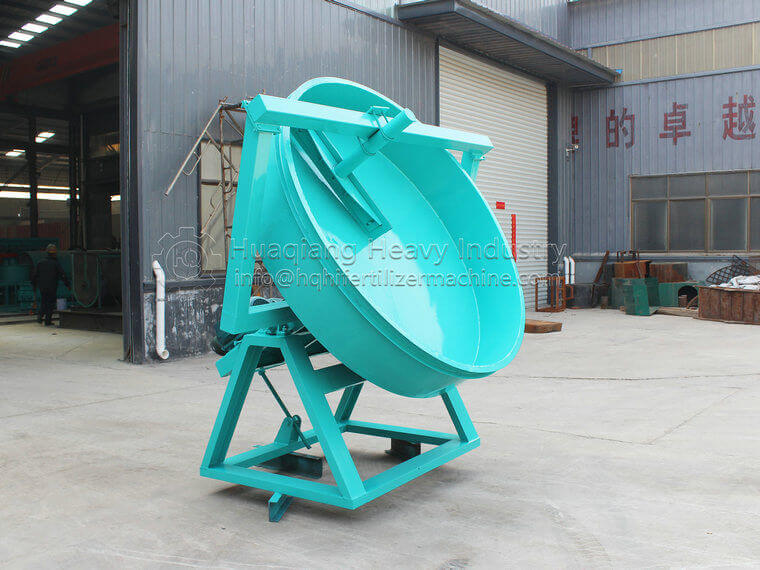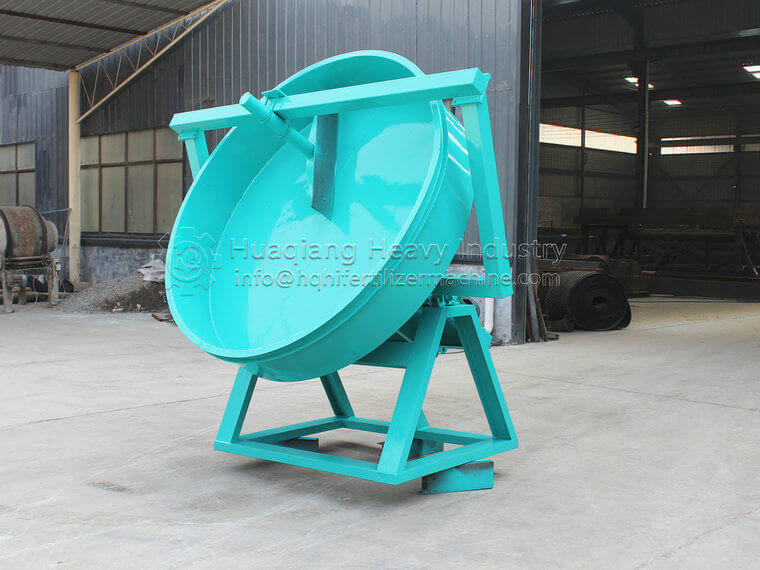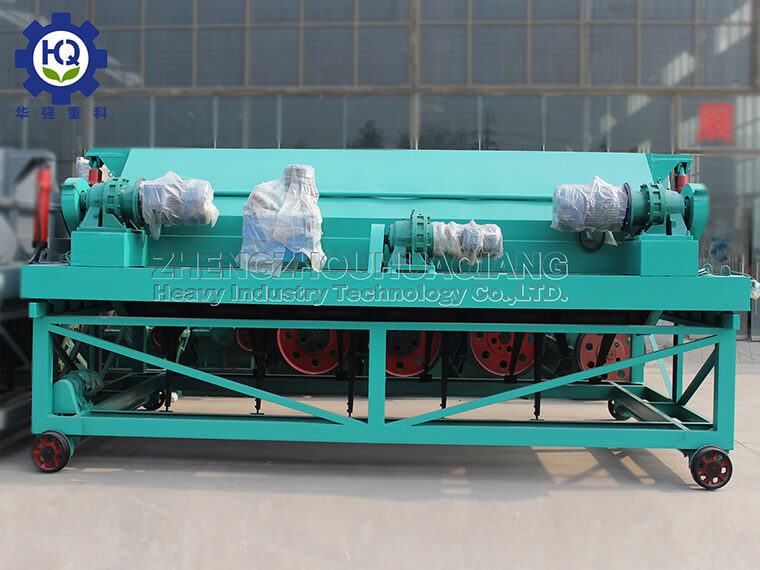With the rapid development of animal husbandry, a large amount of feces and sewage have been generated. The harmful elements in these feces exceed the standard and are difficult to treat with traditional methods of returning farmland. The products produced by the organic fertilizer production line are made from fresh chicken and pig manure as raw materials, without any chemical components. However, chickens and pigs have poor digestion ability and can only consume 25% of the nutrients. The other 75% of the nutrients in feed are excreted with feces, resulting in dry products containing nitrogen, nutrients, potassium, organic matter, amino acids, proteins, and other components.
A livestock manure and organic fertilizer production line can not only meet the local fertilizer demand, but also meet the demand of surrounding markets. Bioorganic fertilizers are widely used in various fields such as farmland, fruit trees, flowers, landscaping, tall grass, and soil improvement, with good results. The government provides subsidies for agriculture and strongly supports this industry, so making investment choices is a very good choice..jpg)
What are the common equipment for livestock manure and organic fertilizer production lines?
1. Crushing equipment: New semi wet material crusher – vertical crusher and horizontal crusher, with internal structures of chain and hammer type. No screen, even if the material is crushed from the water, it will not block.
2. Mixing equipment: Mixing mixer – including vertical mixer, horizontal mixer, double shaft strong mixer, drum mixer, etc. The internal mixing structure is divided into blade type, spiral type, etc. Design a suitable mixing structure based on the characteristics of the material. The discharge port is designed for cylinder control and baffle control.
3. Transportation equipment: Belt conveyor – mobile belt conveyor, fixed belt conveyor, etc. Belt conveyor is an economical logistics transportation equipment that forms a rhythmic production line. It has many characteristics such as strong conveying capacity, long conveying distance, simple structure and easy maintenance, and can easily implement programmed control and automated operation.
4. Fermentation tipping equipment: tipping machine, tipping machine – including slot type tipping machine, walking type tipping machine, chain plate tipping machine, forklift tipping machine, track type tipping machine used for biological fermentation tipping work, as well as fermentation tanks.
5. Granulation equipment: Organic fertilizer specialized granulator – including roller extrusion granulator, disc granulator, stirring tooth granulator, drum granulator, round throwing machine, drum granulator, etc. Select a suitable granulator based on the characteristics of the raw materials.
6. Drying and cooling equipment: Rotary dryer – also known as drum dryer, bio organic fertilizer dryer. Because the temperature during organic fertilizer drying cannot exceed 80 ° C, our dryer adopts hot air drying mode. Cooling machine – Similar in appearance to a dryer, but with different materials and performance. The dryer host is made of boiler steel, and the cooling machine host is customized with carbon steel plates.
7. Screening equipment: Screening machine – including drum screening machine and vibrating screening machine. The screening machine is divided into three screens, two-stage screens, etc.
8. Granular coating machine for coating equipment – The main machine has a similar appearance to a drying machine and a cooling machine, but its internal structure differs greatly. The interior of the coating machine is made of stainless steel plate or polypropylene lining. The entire machine includes a matching powder dispenser and oil pump.
9. Automatic packaging equipment: Automatic measuring packaging machine – including spiral and direct current, single head and double head, made of stainless steel and carbon steel, customized according to customer actual needs.
.jpg)
.jpg)

.jpg)



.jpg)
.jpg)